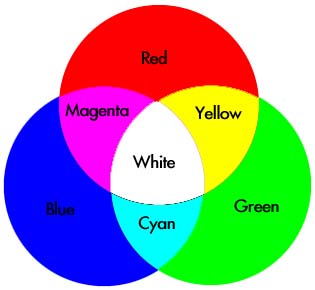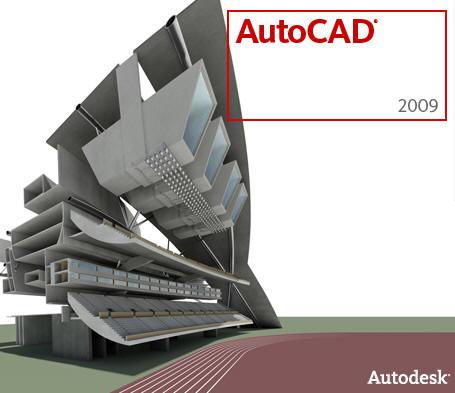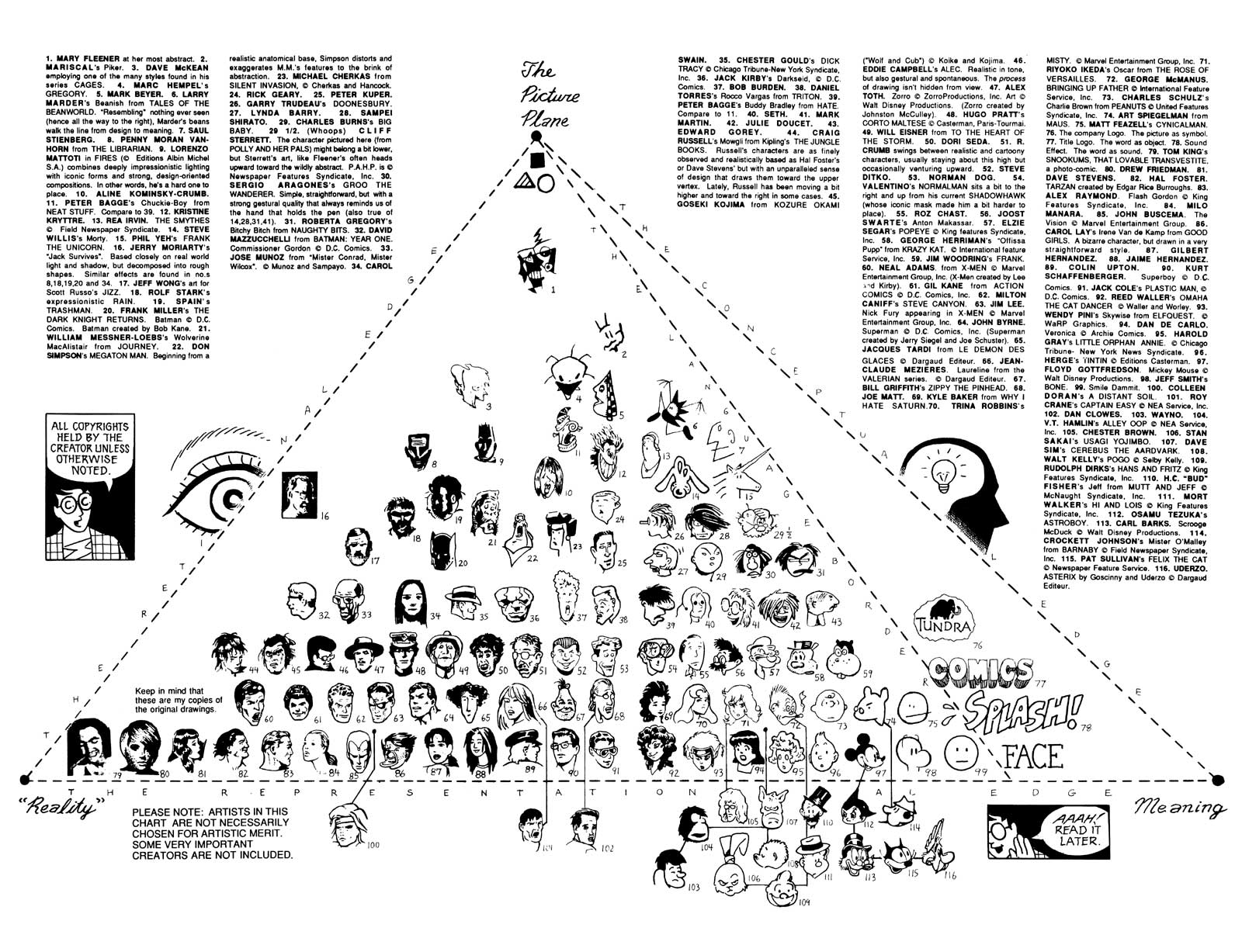This is not because I lack ideas to write about, or because design has suddenly stopped being a major component of modern society. It is definitely not because of you, my loyal supporters and friends (3). It is because I have suddenly found other priorities (4), chief among them, revisiting old buddies from school, hanging out with my family, sleeping, shopping for holiday gifts, and skiing (5, and Image).
Despite these newfound priorities, I might find it necessary to blog for another class. Or perhaps I might send in the occasional blog because I see something that deserves extra attention. I guess what I’m trying to say is: Don’t delete me from your favorites just yet; check back every couple of months to see what’s up.
No matter what happens, I’d like to thank all of you who took the time out of your day to read my blog, and I hope it made you laugh (6): Thank you.
(1) The final for the class I’m blogging (blogged, I guess) for, Introduction to Design, was on Monday.
(2) About 168 hours since Wednesday.
(3) And the occasional drop in…
(4) Like a life.
(5) Nordic skiing aka Cross Country skiing. Because I’m a badass. If you don’t know what I’m talking about, look it up, or look at the picture.
(6) Or chuckle. Or smile. Or at least grin a little bit “on the inside.”
P.S.
Sorry that there’s no actual content about Design in Society this time. Maybe next time, when you check back in a couple months…
Image: http://www.odt.co.nz/files/story/2009/08/competing_in_the_sprint_cross_country_men_s_final__6124449404.JPG


















